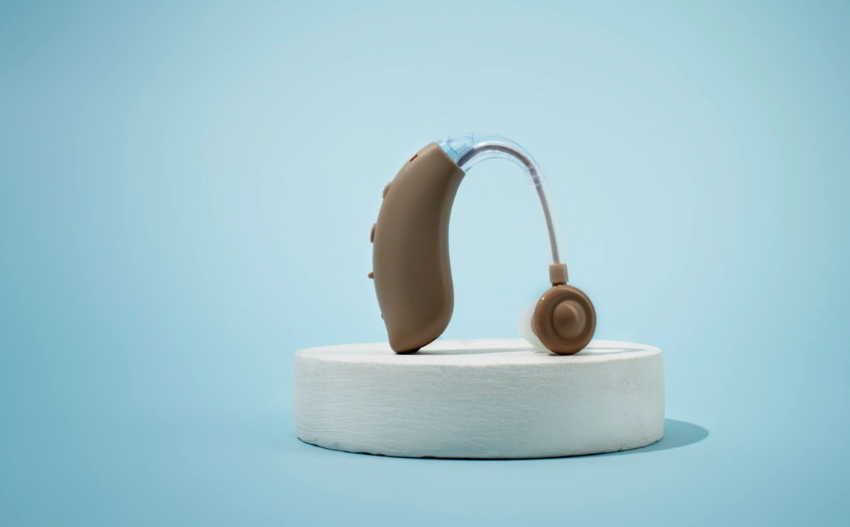A flight attendant’s guide to reliable ear protection on duty

Introduction
Flight attendants face a unique noise profile. You operate in the cabin, the galley, and the boarding ramp, switching tasks constantly while staying alert to passenger needs. Reliable ear protection helps you preserve hearing and reduce fatigue without interfering with communication or customer service. This guide focuses on pragmatic choices and routines that fit the realities of cabin life.
Recognize the environments you work in
Cabin noise varies from engine hum at cruise to sharp bursts during boarding, taxi, and pushback. You also face sustained noise near galleys and in galley service. That range means you need protection that handles both steady and intermittent noise and remains comfortable during long duty days. The best airplane earplugs for flight attendants are those that reduce the background roar while letting announcements and passenger interactions remain clear.
Comfort and invisibility matter in a service role
You need protection that stays out of the way. If a plug is painful or bulky, you’ll be tempted to remove it during service. Flight attendants prefer options that are comfortable for many hours and look unobtrusive when worn. Materials that resist sweat and repeated insertion help maintain comfort across consecutive sectors.
Protection that preserves speech and situational awareness
Customer service demands you hear passenger calls, PA announcements, and safety warnings. Choose ear protection that attenuates harmful frequencies but leaves human voice bands understandable. That balance protects hearing and keeps you responsive. The best earplugs for aircraft noise for cabin crew maintain a natural sound for speech so you don’t have to guess or repeat instructions.
Practical use cases during a duty day
Wear plugs during cruise and taxi when cabin noise is steady and fatigue accumulates. Remove or adjust them during safety demonstrations and when direct passenger interaction is essential. Keep a spare set in your jump seat pouch or kit for quick swaps. These small habits make protection realistic and avoid the situational clumsiness of stopping service to adjust uncomfortable gear.
Hygiene and shared gear considerations
If multiple attendants share plugs, use disposable or easily sanitized options. Reusable plugs are fine if each crewmember has their own set and follows cleaning protocols. Store plugs in clean cases and replace tips that harden or crack. Good hygiene preserves comfort and reduces the chance of ear irritation after long rotations.
Integration with cabin announcements and interphone systems
Check how your chosen plugs interact with PA and interphone systems. Some plugs maintain clarity for verbal announcements better than others. Perform a quick test during preflight to ensure you can hear chimes and PA clearly. If a plug interferes, try a different tip size or model that better preserves those critical frequencies.
Maintenance, replacement, and budgeting
Set a replacement schedule for reusable tips and maintain a small stock of disposables. While reusable plugs can be more cost-effective long term, disposable tips offer hygiene benefits for shared sets. Budgeting for a reliable product and routine replacements pays back in fewer days of ear soreness and more consistent protection.
Advocating for crew hearing safety
If hearing protection isn’t standard issue at your airline, organize a trial with your crewmates and present feedback to safety or procurement. Real-world trials show which products are comfortable and effective across different crew members. When management sees data and crew endorsement, it’s easier to standardize options and improve workplace safety.
Conclusion
Flight attendants need hearing protection that fits the pace of cabin life. Choose comfortable plugs that preserve speech, keep hygiene simple, and use practical routines for when to wear or stow protection. Test how a product works with PA and interphone systems before committing, and keep spares handy. Reliable ear protection reduces fatigue, keeps you responsive, and protects a valuable career asset: your hearing.



